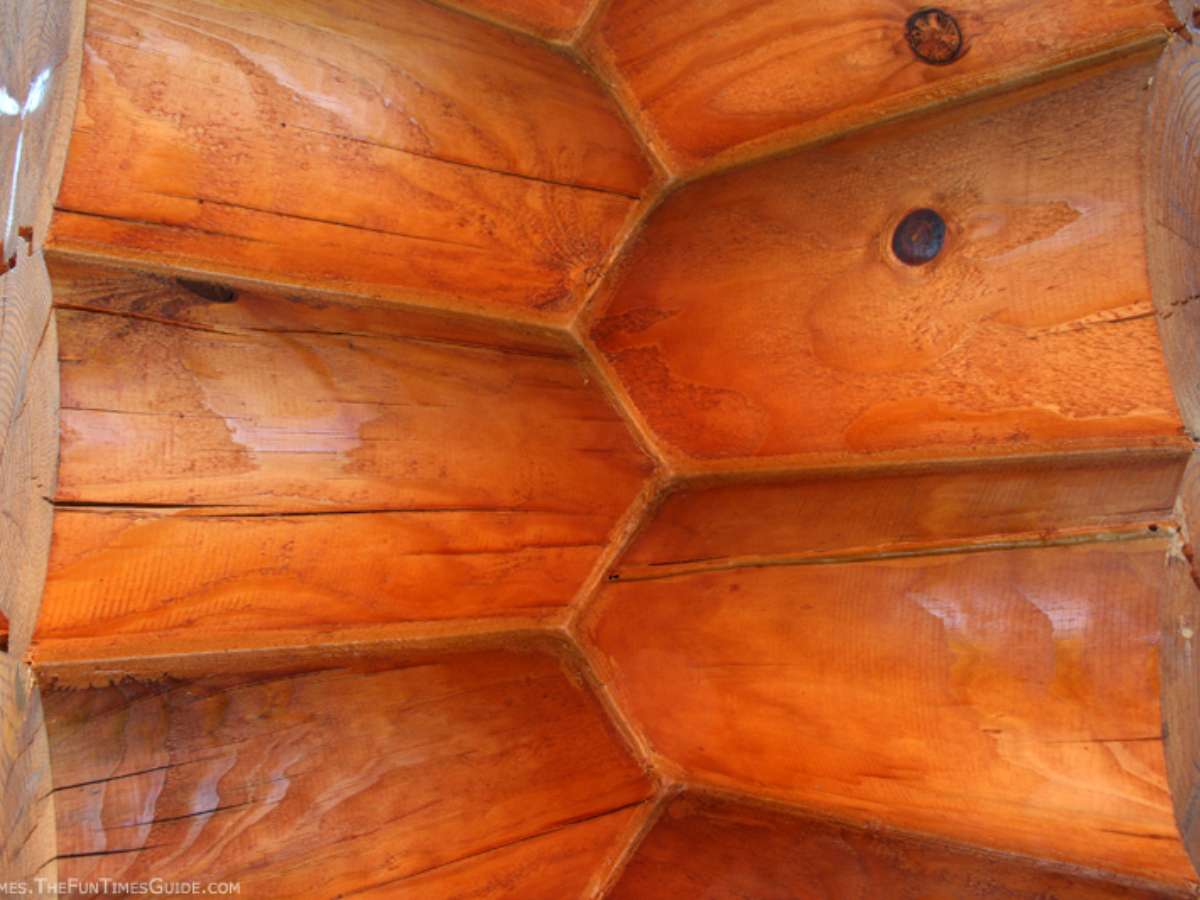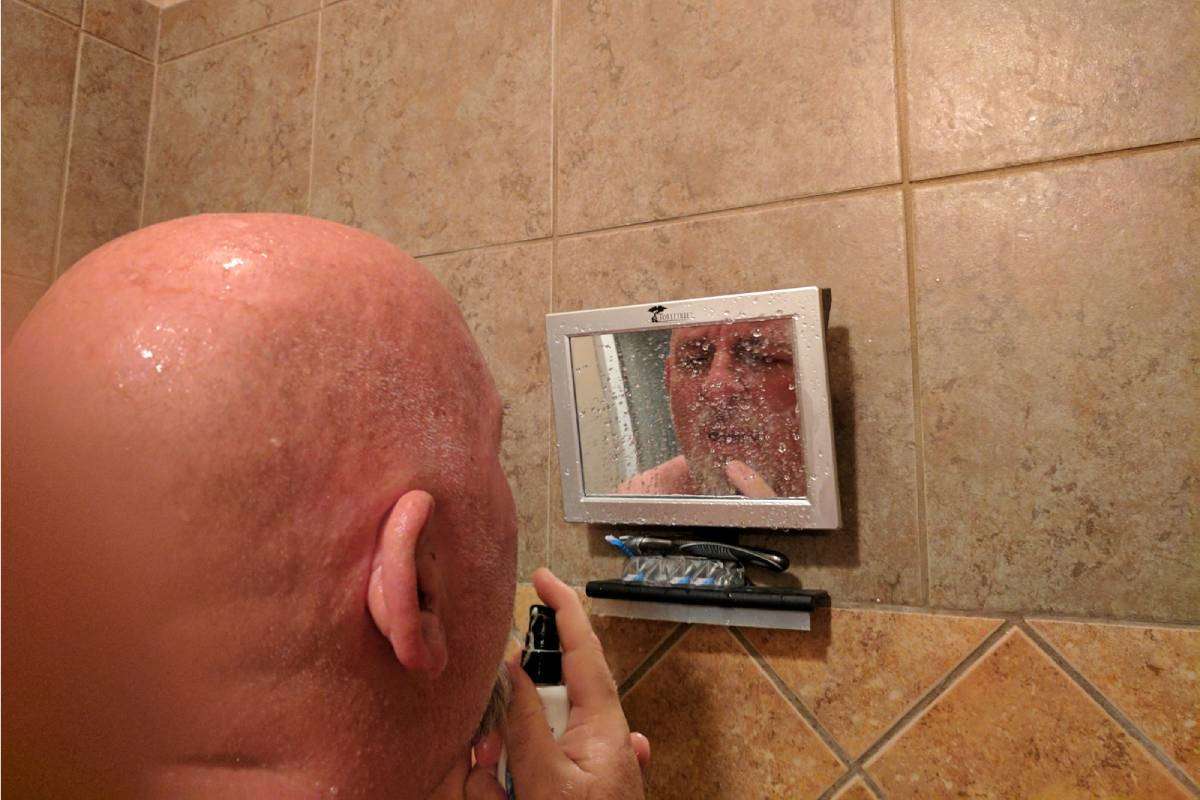I would venture to guess that those who buy (or build) log homes are typically people who have a greater appreciation for — and involvement with — the outdoors.
There’s just something about a rustic cabin-type abode that appeals to outdoorsy people.
But did you ever stop to think that Mother Nature is both a log home owner’s friend… and enemy?
Living In Harmony With Mother Nature
Extra wide porches and wraparound decks are definitely the norm on log homes these days.
And they serve their purpose well at keeping you connected to the great outdoors! While sitting on the porch of your log home, you are basically one with nature.
Unfortunately… Mother Nature also plays a big role in the amount of upkeep that’s required on those porches and decks, as well as any doors, windows and any exterior logs with “checks” in them that are exposed to the elements.
* * LOG HOME MAINTENANCE ISSUES TO WATCH FOR * *
Here are some things you can do when building & landscaping your new home to prevent maintenance issues later:
 Make sure that water adequately drains away from the home itself.
Make sure that water adequately drains away from the home itself.
 Do not place shrubs in contact with the logs.
Do not place shrubs in contact with the logs.
 Do not allow mulch, bark, etc to come in contact with the logs.
Do not allow mulch, bark, etc to come in contact with the logs.
 Apply a termite shield atop the foundation itself.
Apply a termite shield atop the foundation itself.
 Properly seal the outside of basement walls before backfilling to prevent moisture seepage inside.
Properly seal the outside of basement walls before backfilling to prevent moisture seepage inside.
 Keep backfill low enough to prevent rain from splashing onto the logs themselves.
Keep backfill low enough to prevent rain from splashing onto the logs themselves.
 Use wide roof overhangs, flashing, gutters, and down spouts to keep the logs dry.
Use wide roof overhangs, flashing, gutters, and down spouts to keep the logs dry.
Here are some things you will need to do semi-regularly after you move in to your log home:
 Apply a wood preservative and/or stain to the exterior logs prior to moving in, and then every few years thereafter. (Ranging from 3 to 6 years, depending on the direct exposure your logs have to the sun and rain).
Apply a wood preservative and/or stain to the exterior logs prior to moving in, and then every few years thereafter. (Ranging from 3 to 6 years, depending on the direct exposure your logs have to the sun and rain).
 Over time, watch for water streaks or tracks — proof that water needs to be redirected from the roof or other source.
Over time, watch for water streaks or tracks — proof that water needs to be redirected from the roof or other source.
 Periodically inspect all corners, roof intersections, windows, deck intersections, chimneys, and dormers for imperfections in the flashing.
Periodically inspect all corners, roof intersections, windows, deck intersections, chimneys, and dormers for imperfections in the flashing.




